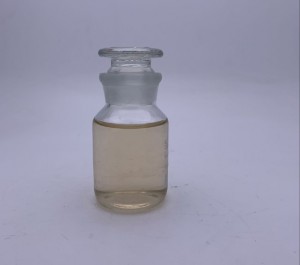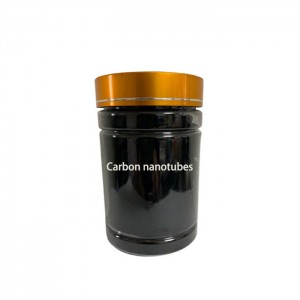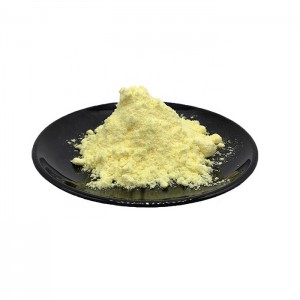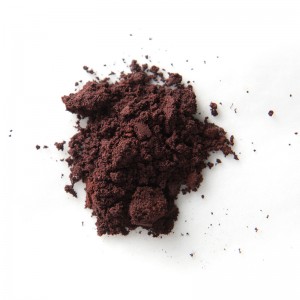Cuprous iodide (Copper(I) iodide) CAS 7681-65-4
Product name:Copper(I) iodide
Synonyms: Cuprous iodide
CAS NO:7681-65-4
Molecular weight:190.45
EC NO:231-674-6
Molecular formula:CuI
Appearance: Off-white or brownish yellow powder
Packing: 25KG/drum
Physical and Chemical Properties
Chemical formula is CuI. The molecular weight is 190.45. White cubic crystal or white powder, toxic. The relative density is 5.62, melting point is 605 °C, boiling point is 1290 °C. Stable to light and air. Cuprous iodide is almost insoluble in water and ethanol, soluble in liquid ammonia, dilute hydrochloric acid, potassium iodide, potassium cyanide or sodium thiosulfate solution, can be c decomposed by oncentrated sulfuric acid and concentrated nitric acid.
Cuprous iodide is almost insoluble in water (0.00042 g/L, 25 ° C) and is insoluble in acid, but can continue to coordinate with iodide to form linear [CuI2] ions, which are soluble in potassium iodide or sodium iodide. In solution. The resulting solution was diluted to give a cuprous iodide precipitate and was therefore used to purify the cuprous iodide sample.
The acidic solution of copper sulfate is added excess potassium iodide or under stirring, a mixed solution of potassium iodide and sodium thiosulfate was added dropwise to a solution of copper sulfate, to obtain precipitation of cuprous iodide. In addition to general purpose use as reagents, etc., but also can be used as power-iodide thermal paper conductive layer material, medical sterilization, mechanical bearing temperature agent, but also used for analysis of trace mercury.
Toxicity: Prolonged and repeated contact with the body is harmful, should avoid direct contact with the body. Ingestion is great harm to the body.
|
Appearance
|
Grayish white or brownish yellow powder
|
|
Cuprous iodide
|
≥99%
|
|
K
|
≤0.01%
|
|
Cl
|
≤0.005%
|
|
SO4
|
≤0.01%
|
|
Water
|
≤0.1%
|
|
Heavy metals(as Pb)
|
≤0.01%
|
|
Water insoluble matter
|
≤0.01%
|
1. Cuprous iodide is so widely used as catalyst in organic synthesis, resin modifier, artificial rainfall agents, cathode ray tube cover, as well as sources of iodine in iodized salt. In the presence of 1,2-or 1,3-diamine ligand, cuprous iodide can catalyze reaction of aryl bromide, vinyl bromide and brominated heterocyclic compound converting to the corresponding iodide. The reaction is generally in dioxane solvent, and sodium iodide is used as iodide reagents. Aromatic iodide general is more lively than the corresponding chloride and iodide, therefore, iodide can catalyze a series of reactions involved in coupling a halogenated hydrocarbon, for example, Heck reaction, Stille reaction, Suzuki reaction and the Ullmann reaction. In the present of dichloro bis (triphenylphosphine) palladium (II), cuprous chloride and diethylamine, 2-bromo-1-octen-3-ol with 1-Nonyl acetylene coupling reaction to produce 7-sub-8-hexadecene-6-ol.
2. used as a catalyst for organic reactions, cathode ray tube covering, also used as animal feed additives, etc. copper iodide and mercuric iodide may also be used together as the indicator of measuring rising temperature of mechanical bearing.
3. as a catalyst in many reactions involved in the Grignard reagent, the cuprous iodide can also be in dry Wiff rearrangement reaction.
1.Packing: Usually 25kgs per cardboard drum.
2.MOQ: 1kg
3.Delivery time: Usually 3-7 days after payment.












